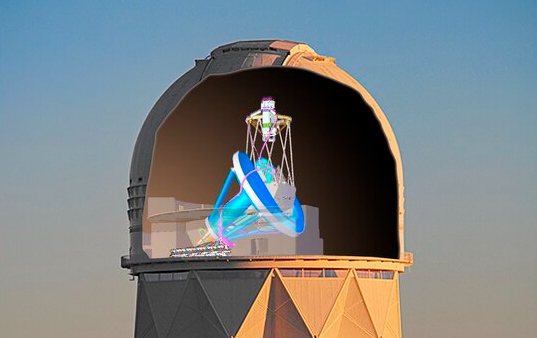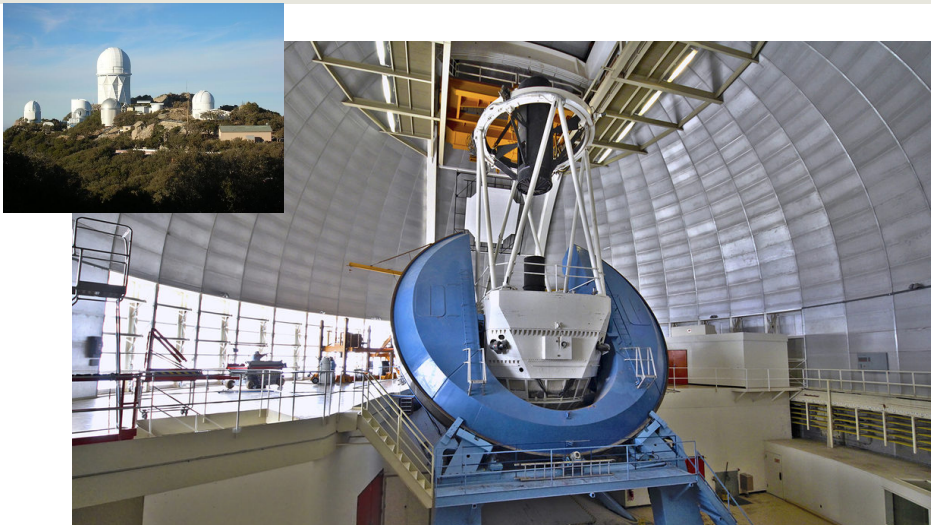The DESI Collaboration (https://en.wikipedia.org/wiki/Dark_Energy_Spectroscopic_Instrument) has released results from its first year of observations.
“The complex analysis used nearly 6 million galaxies and quasars and lets researchers see up to 11 billion years into the past. With just one year of data, DESI has made the most precise overall measurement of the growth of structure, surpassing previous efforts that took decades to make.” According to Dragan Huterer, professor at the University of Michigan and co-lead of DESI’s group.
https://web.ub.edu/en/web/actualitat/w/desi-force-gravity - New DESI results on the force of gravity
The analysis upholds general relativity but hints dark energy may vary over time. The result validates our leading model of the universe. It limits theories of modified gravity like MOND, which have been proposed as alternative ways to explain unexpected observations – including the accelerating expansion of our universe attributed to dark energy.
The standard model of cosmology summarizes our current best knowledge of the Universe. This is based on two well-established pillars of physics. Einstein's General Relativity, which regulates gravitation, and the standard model of particle physics, for all other basic interactions. However, it also relies on three key components — Inflation, Dark matter, and Dark energy that are critical for understanding a wide range of evidence, from the Cosmic Microwave Background to the Universe's Large Scale Structure.
The Dark Energy Spectroscopic Instrument (DESI) measures the effect of dark energy on the universe's expansion. Its completed survey will obtain optical spectra for tens of millions of galaxies and quasars, constructing a 3D map of the nearby universe.
“This is the first time that DESI has looked at the growth of cosmic structure. We’re showing a tremendous new ability to probe modified gravity and improve constraints on dark energy models. And it’s only the tip of the iceberg.”
Additional details on the implications for alternative gravity models in this paper - Ishak et al. (2024), Modified Gravity Constraints from the Full Shape Modeling of Clustering Measurements from DESI 2024 https://arxiv.org/abs/2411.12026
Links to the other original papers are here https://data.desi.lbl.gov/doc/papers/


Their population is 135,000 as of 2018 according to Wikipedia. Although local populations ie in the Arabian Sea might be at risk having been genetically isolated for up to 70,000 years and in smaller numbers